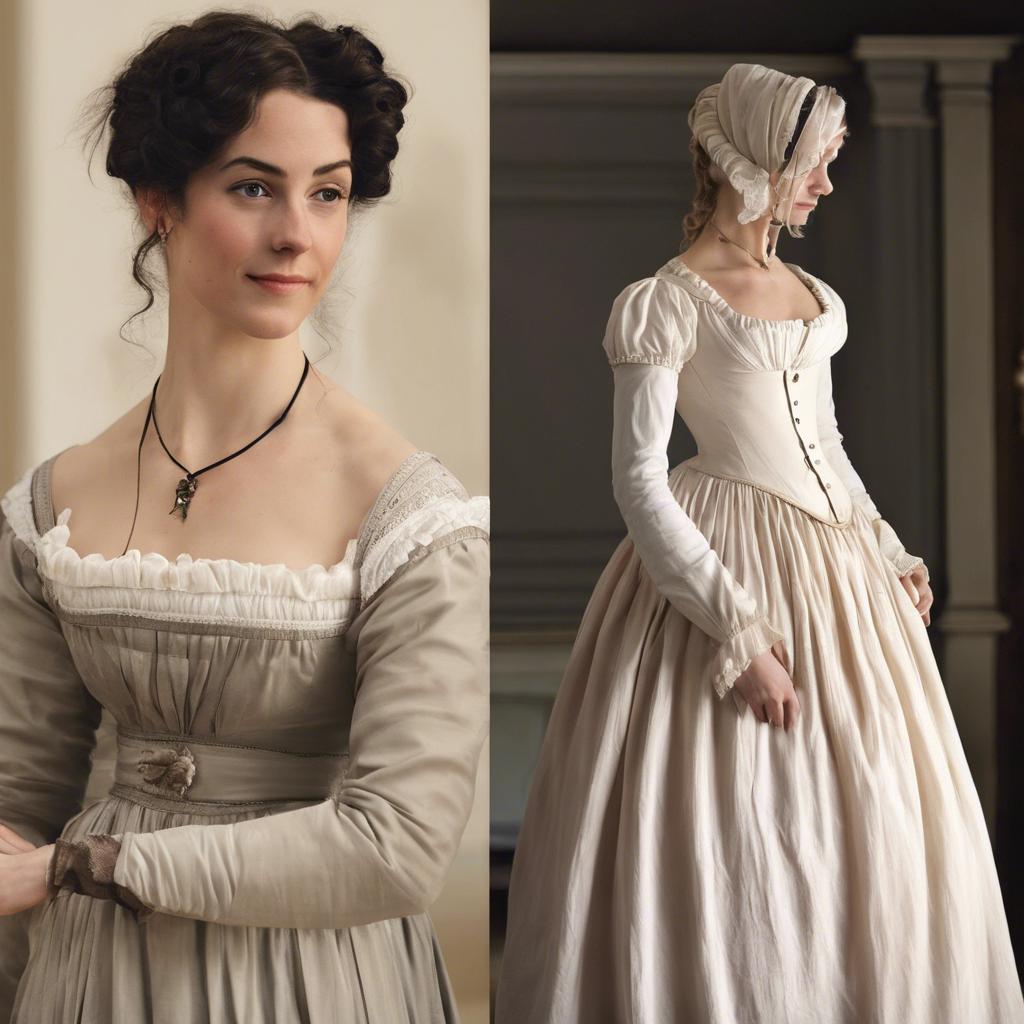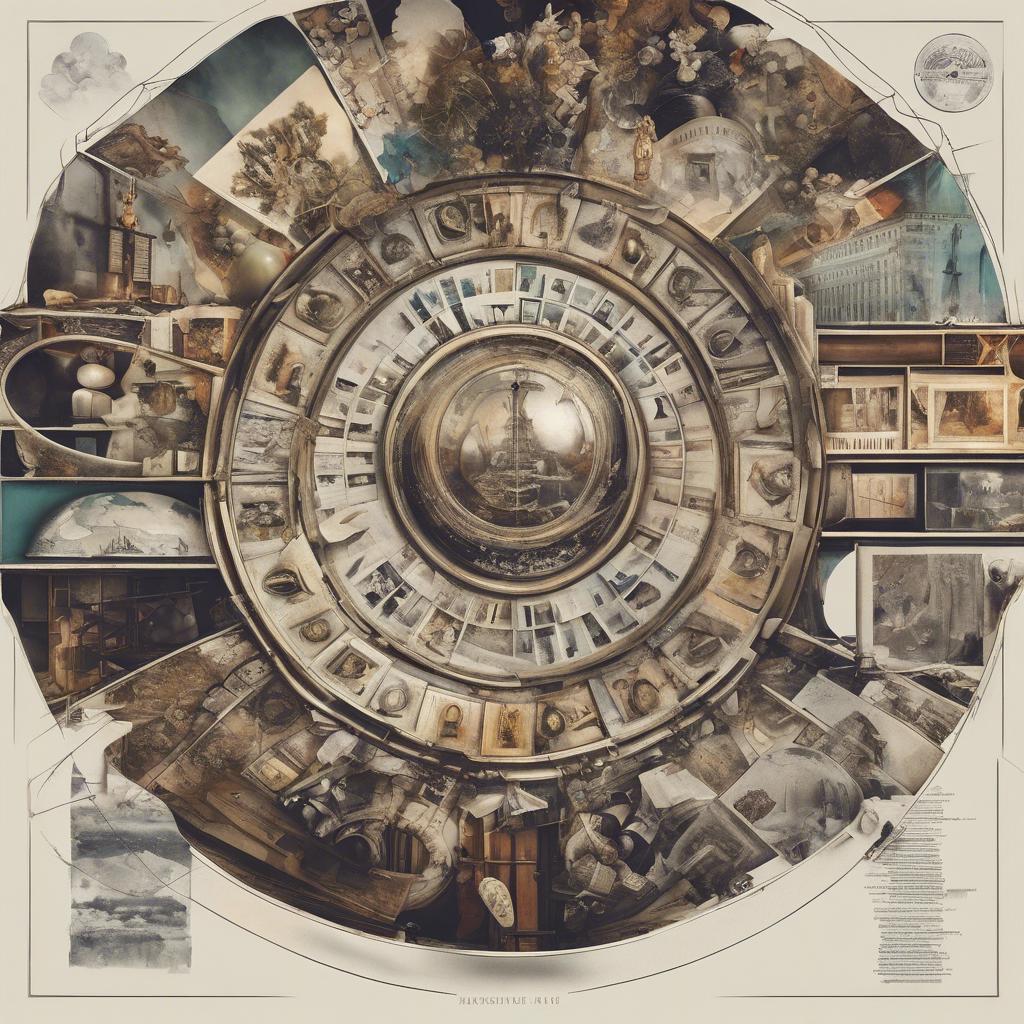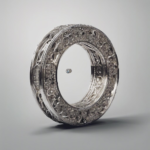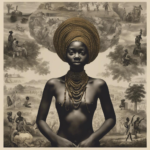Despite the opulence and extravagance of the Regency era, physical fitness was still a vital component of a gentleman’s character and reputation. During this period in early 19th century England, societal norms placed great emphasis on not only one’s appearance and manners, but also on maintaining a healthy and fit physique. In this article, we will explore the importance of physical fitness in the Regency era, the various exercises and activities that were popular among gentlemen of the time, and how these practices reflected the values and ideals of the period. Join us as we delve into the world of Regency era fit.
Step Into the World of Cheryl Bolen
Dive into the enchanting stories of love, intrigue, and elegance set in the Regency Era. Cheryl Bolen's novels offer timeless romance and captivating tales that will leave you wanting more.
Explore Cheryl Bolen's Books Now
Tips for Achieving the Elegance of Regency Era Fit
When it comes to achieving the elegance of Regency Era fit, there are several key tips to keep in mind. One of the most important aspects of this style is the emphasis on a high waistline. During the Regency Era, women’s dresses were known for their regency era wedding dress”>empire waist silhouette, which created a flattering and elongated look. To achieve this, opt for dresses and tops that sit at or above the natural waistline.
Another essential element of Regency Era fit is the use of lightweight, flowy fabrics. Fabrics such as muslin, silk, and lightweight cotton were commonly used during this time period to create the soft, draping look that was popular. When choosing garments for a Regency-inspired look, opt for fabrics that have a soft, fluid drape to capture the essence of the era.
In addition to silhouette and fabric choice, attention to detail is crucial for achieving the Regency Era fit. Accessories such as delicate gloves, intricate hair accessories, and elegant jewelry can elevate a simple outfit and truly capture the refined style of the Regency period. When accessorizing, opt for pieces that are delicate, feminine, and add a touch of sophistication to your look.
Understanding the Silhouette of Regency Fashion
Regency fashion in the early 19th century was characterized by its distinct silhouette that emphasized a high waistline and flowing, empire-style dresses. Women during this era sought to achieve a look of elegance and simplicity, eschewing the elaborate styles of the previous Georgian period. The silhouette of Regency fashion was achieved through specific garment construction techniques and design elements that shaped the overall appearance of the attire.
Key Elements of Regency Fashion Silhouette:
- Empire Waistline: Dresses featured a high waistline that sat just below the bust, creating a long and slender appearance.
- Simple Lines: Garments were designed with clean, straight lines that accentuated the natural curves of the body.
- Lightweight Fabrics: Regency dresses were often made from lightweight fabrics such as muslin, silk, and fine cotton to enhance the flow and drape of the silhouette.
Fashionable Accessories of the Regency Era:
- Spencer Jackets: Short jackets with long sleeves that were worn over dresses to provide warmth and add a touch of style.
- Reticules: Small drawstring handbags that were popular accessories for carrying essentials such as keys, coins, and handkerchiefs.
- Bonnets: Wide-brimmed hats adorned with ribbons, flowers, and feathers, which were essential for completing a Regency lady’s ensemble.
Tailoring Techniques for Authentic Regency Era Fit
In order to achieve an authentic Regency Era fit, it is essential to employ specific tailoring techniques that were prevalent during the early 19th century. One of the key features of Regency fashion was the high waistline, which can be achieved by carefully measuring and cutting the fabric to sit just above the natural waist. This creates the iconic silhouette that was popular during this time period.
Another important aspect of Regency Era tailoring is the use of lightweight fabrics such as muslin or silk, which were commonly used for women’s gowns and men’s waistcoats. These fabrics drape beautifully and are ideal for creating the soft, flowing lines that were characteristic of Regency fashion. By selecting the right fabric and paying close attention to the way it falls on the body, tailors can achieve an authentic Regency look.
Additionally, detailed hand-sewing techniques such as backstitching, whip stitching, and felling were commonly used during the Regency Era to create strong, durable seams that were also delicate and refined. By mastering these traditional sewing techniques and incorporating them into the construction of garments, tailors can ensure that their creations are not only historically accurate but also beautifully crafted.
Choosing Fabrics and Colors for a Regency-Inspired Wardrobe
In creating a Regency-inspired wardrobe, it is essential to carefully select the fabrics and colors that will truly capture the essence of this elegant era. A key element of Regency fashion is the use of lightweight and flowing fabrics that drape beautifully on the body. Opt for fabrics such as silk, muslin, and lightweight cotton to achieve that quintessential Regency look. These fabrics not only provide comfort but also lend a sense of grace and sophistication to your ensemble.
When it comes to colors, the Regency era was characterized by a subtle and delicate palette that exuded femininity and refinement. Soft pastel shades such as pale pink, light blue, and delicate lavender were popular choices for daywear, while richer hues like deep greens and burgundies were reserved for evening attire. Embrace these classic Regency colors in your wardrobe to transport yourself back to the romantic and elegant world of Jane Austen’s heroines.
To truly embody the spirit of the Regency era, consider incorporating authentic Regency prints and patterns into your wardrobe. Delicate florals, intricate paisleys, and classic stripes were all popular choices during this time period. Choose fabrics with these timeless prints to add a touch of authenticity to your Regency-inspired outfits. Remember, attention to detail is key when creating a historically accurate ensemble that pays homage to the exquisite fashion of the Regency era.
In Summary
the Regency era was a time of elegance and refinement, with a distinct emphasis on physical fitness and health. From the dapper gentlemen to the graceful ladies, maintaining a fit and healthy physique was considered essential for embodying the ideals of the era. By incorporating the principles of the Regency era fit into our modern lifestyles, we can strive to achieve a balance of physical strength, agility, and grace. Let us continue to embrace the lessons of history and strive towards a healthier and more refined version of ourselves.


